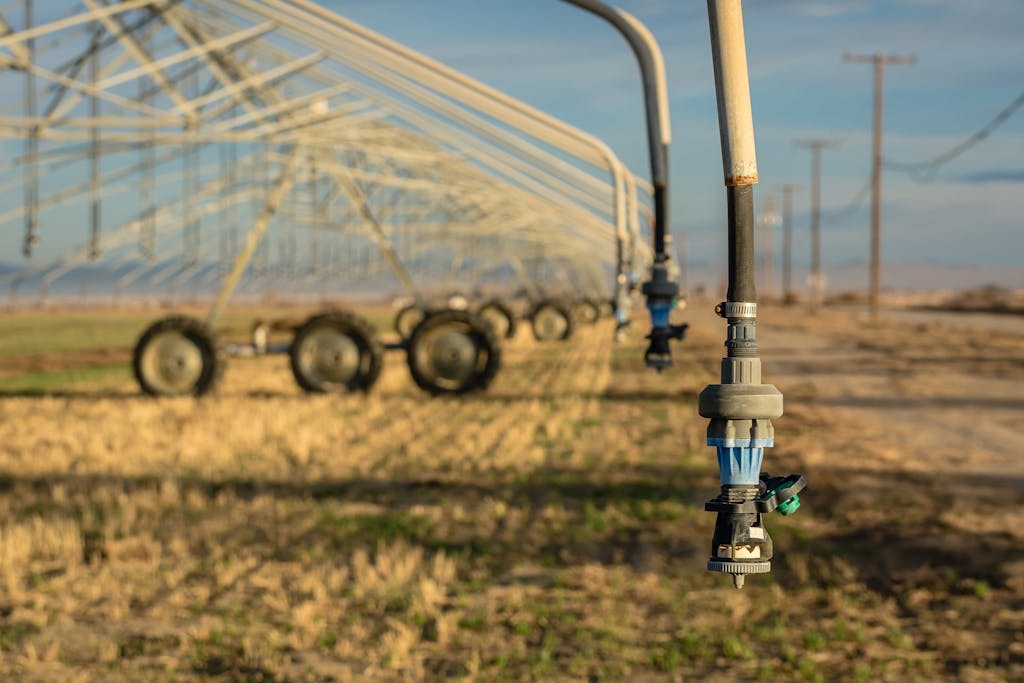From deadly floods in central China and Germany to historic water shortages in the Colorado River and unprecedented wildfires in Southern Europe, the summer of 2021 has once again highlighted the increasing severity of climate impacts around the world. The most recent IPCC report shines a light on the growing frequency of devastating extreme events that increasingly batter communities, including at times in the form of multiple overlapping catastrophes.
The IPCC report specifically points to the role of agriculture in a worsening climate as a major driver of the climate crisis, a highly vulnerable economic sector, and a potential solution. Here are three main takeaways from the landmark climate report, all of which have major implications for how we produce and consume food around the world:
1. Agricultural emissions are increasingly driving near-term global warming
Food systems may be responsible for a staggering one-third of global greenhouse gas emissions. They emit carbon dioxide — mainly from running tractors, transporting food, and storing food — and also generate other planet-warming gases, including so-called short-lived climate pollutants like methane. These gases remain in the atmosphere for much less time than carbon dioxide, but they are hundreds of times more potent and therefore play a huge role in fueling the climate crisis, especially in the weeks and months after they are emitted.
This was the first time that the IPCC dedicated an entire chapter to gases other than carbon dioxide, and the findings are staggering. In 2019, atmospheric concentrations of methane and nitrous oxides were higher than at any time in at least 800,000 years. The report shows that agriculture is a major driver of the unprecedented increase in these emissions because of livestock production, rice farming, aquaculture, and other high-emitting activities as well as the widespread use of fertilizers to grow crops. Despite these gases’ substantial effect on warming, and their potential to “contribute significantly to the efforts of limiting warming to 1.5°C” (the stretch temperature target identified in the Paris Agreement) to date they have received insufficient attention from policymakers.
2. Intensifying climate impacts will harm global food production
Extreme weather events are becoming increasingly frequent and intense. Severe droughts, which have devastating effects on food and agriculture, have already become much more frequent over the past few decades. The report warns that at just 1.5°C of warming, these events will become twice as likely as they used to be. These impacts are occurring in part because drier areas receive less rainfall and a warmer atmosphere evaporates more moisture from the soil or plants. Even worse, the report notes that communities around the world are now increasingly facing multiple hazards at the same time, with overwhelming consequences for food. These impacts will increasingly threaten food production, which in turn fuels malnutrition, conflict, and migration.
3. Sustainable agricultural practices can be critical climate solutions
While the next two volumes in this IPCC report cycle, slated for release in 2022, will focus on opportunities to counter and adapt to global warming, the analysis included in this latest report already presents several ways that agriculture can help fight climate change and become more resilient. Improved agricultural practices, such as crop rotation and covering, can increase soil carbon uptake and retention. Peatlands (carbon-rich wetlands) have too often been drained to grow food, but, when restored to their natural state, they can drastically reduce emissions and offer a home to a wide variety of plants and animals. And the flip side to short-lived climate pollutants is that “strong, rapid and sustained reductions in methane emissions” can rapidly help reduce the warming effect. Farmers already have a variety of solutions at their disposal, from incorporating special feed into ruminant diets to reducing the duration of flooding when growing rice. To deal comprehensively with climate change, we will need to quickly ramp up agricultural practices like these.

The IPCC report has, once again, made clear that the window to avoid catastrophic climate impacts is closing rapidly. As leaders gear up for the next UN climate change conference in Glasgow (COP-26) in November, they are facing growing pressure to enhance climate ambition and develop credible national pathways to reach net zero emissions by 2050.
But no plan that fails to include food and agriculture will suffice. The UN Food Systems Summit, which UN Secretary-General António Guterres will convene on Sept. 23, is the perfect opportunity to shine a light on food systems solutions that can reduce emissions while building resilience to the long-term impacts of climate change.








